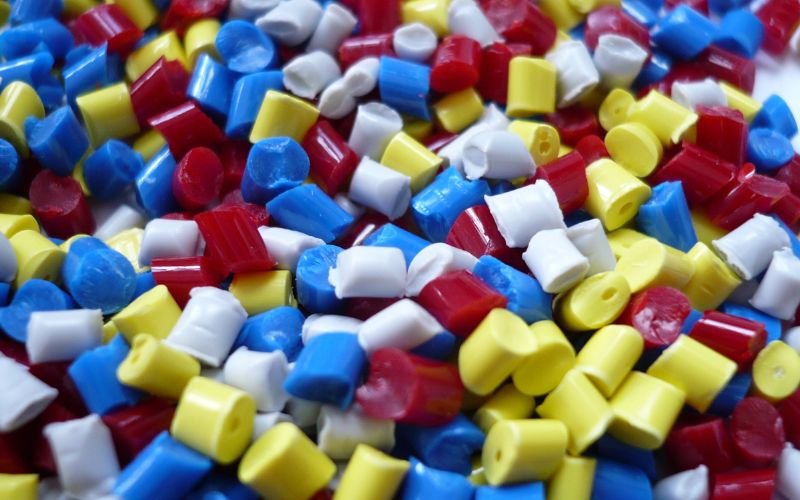Thermoplastics
Understanding Thermoplastics
Hold onto your hats, because we’re diving into the world of materials that love to twist and shout! Thermoplastics are all about that “thermo” action—meaning they can be melted, molded, and reshaped, all without losing their cool. This superpower makes them the life of the polymer party.
The Swagger of Thermoplastics
Flexibility
Thermoplastics are the gymnasts of the plastic world. They can bend, stretch, and twist their way into any shape you can dream up.
Lightweight
Thermoplastics are lightweight champs, making them a favorite in industries where shedding pounds is a priority.
Recyclability
Ever heard of second chances? Thermoplastics are all about it. They're recyclable, giving them a green thumbs-up in a world that's all about sustainability.
Chemical Warriors
Thermoplastics laugh in the face of chemicals, making them the heroes of applications that need to stand up to harsh environments.
Applications that Wow
- Automotive Awesomeness
When cars need to shed some pounds for better mileage and sleek designs, thermoplastics strut in. From dashboards to door panels, these materials make vehicles lighter, snazzier, and more fuel-efficient.
- Consumer Goods Glam
Ever marveled at the ergonomic design of your favorite gadget? You’ve got thermoplastics to thank. From your toothbrush to your remote control, they’re the unsung heroes behind the scenes.
- Medical Marvels
Thermoplastics have a heart, and it beats for healthcare. These materials cozy up to medical devices, making sure they’re biocompatible, sterilizable, and ready to save lives.
- Industrial Intensity
In the industrial arena, thermoplastics flex their muscles in pipes, tanks, and machinery parts. Tough as nails and light as a feather, they’re the MVPs of manufacturing.


Materials that Set the Stage
Now, let’s talk about the stars of the show—the thermoplastics themselves! Here are some of the headliners you’ll find gracing the stage:
- Polyethylene (PE): Versatility’s best friend, used in everything from plastic bags to bulletproof vests.
- Polypropylene (PP): Lightweight and sturdy, it’s the VIP of packaging, automotive, and medical industries.
- Polyvinyl Chloride (PVC): From pipes to fashion, this one’s got range!
- Polystyrene (PS): Whether it’s insulation or your coffee cup, PS is everywhere.
- Polyethylene Terephthalate (PET): The go-to for bottles, clothing, and even artificial turf.
- Polycarbonate (PC): Transparent, tough, and ready to rock in eyewear and electronics.
Shaping the Future with Thermoplastics
The future of thermoplastics is a rollercoaster of excitement. We’re talking high-performance thermoplastics that laugh in the face of extreme temperatures. And that’s not all—sustainable thermoplastics derived from plant power are on the horizon, turning heads and shaking things up.
You ask, we answer
PMS loves to answer any questions about thermoplastics.
A: While many thermoplastics are recyclable, not all are created equal. Some, like PET and HDPE, are widely recycled, but it’s important to check your local recycling guidelines.
A: It depends on the type of thermoplastic. Some, like PEEK, can handle extreme temperatures, while others may soften or deform at higher temps.
A: Absolutely! Many thermoplastics, like PET and PP, are commonly used for food packaging because they’re FDA-approved and don’t leach harmful chemicals.
A: You bet! Thermoplastics like PLA and ABS are popular choices for 3D printing due to their ease of use and versatility.
A: The main difference is that thermoplastics can be melted and reshaped multiple times, while thermosetting plastics set permanently once heated.
A: In general, thermoplastics are quite durable and resistant to degradation. However, exposure to UV light, extreme temperatures, and certain chemicals can affect their lifespan.
